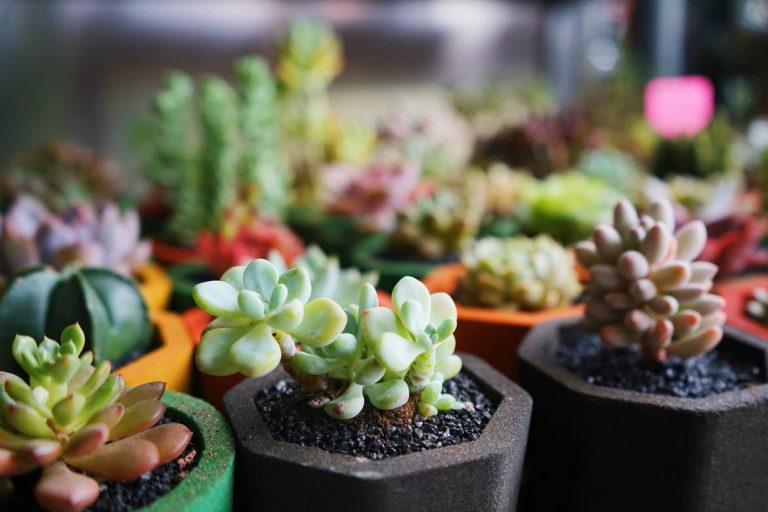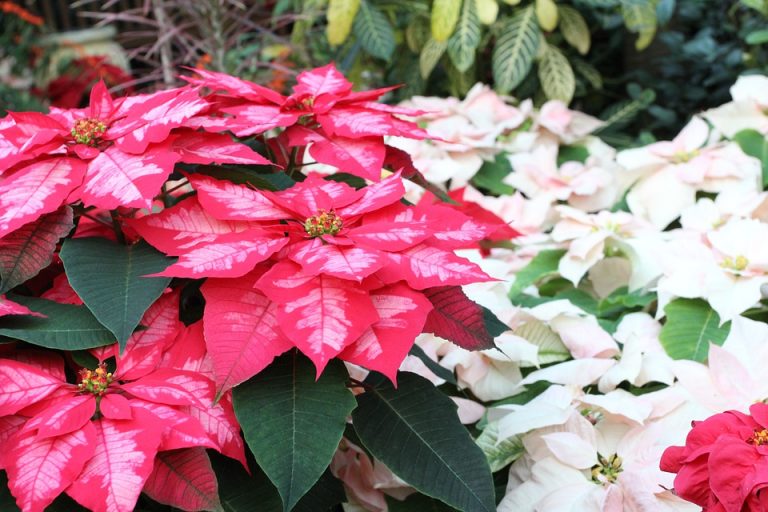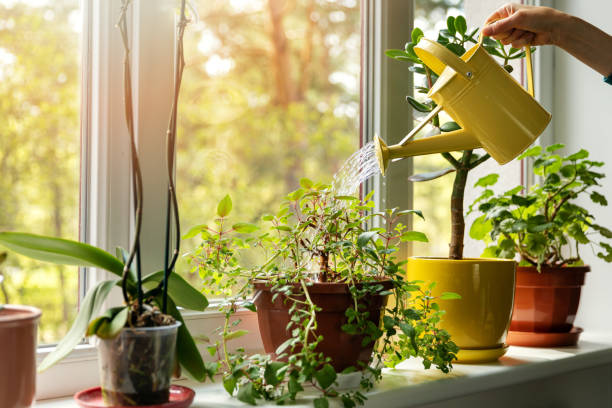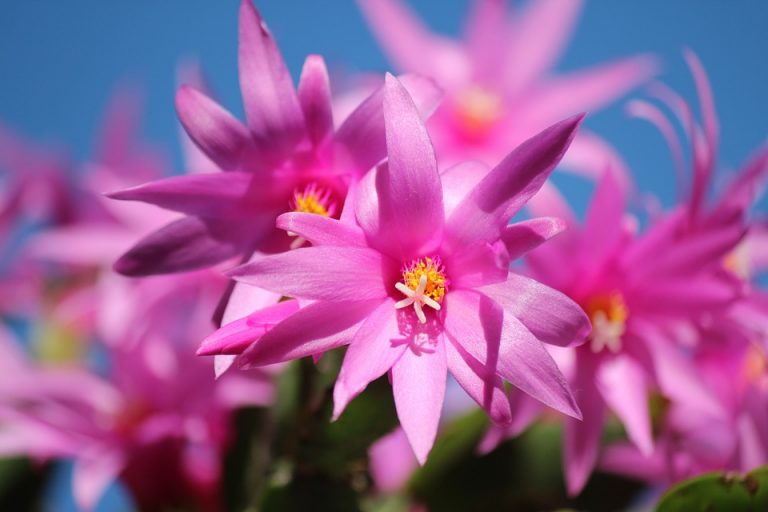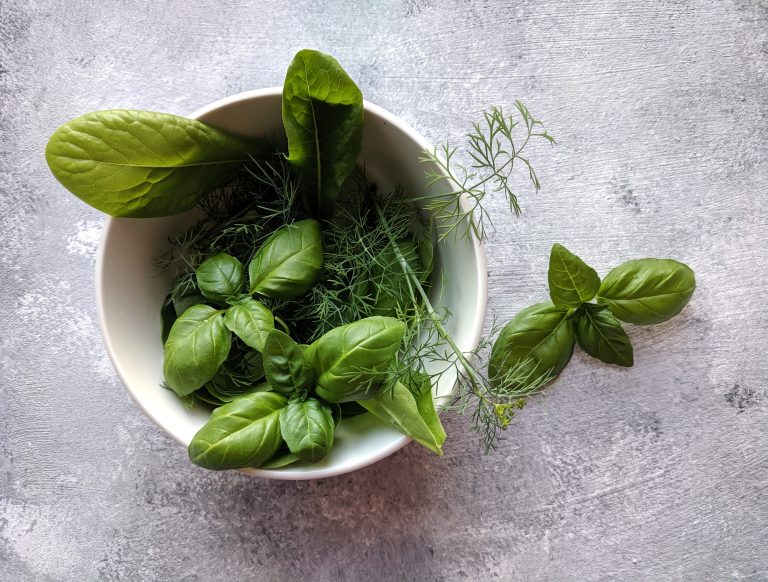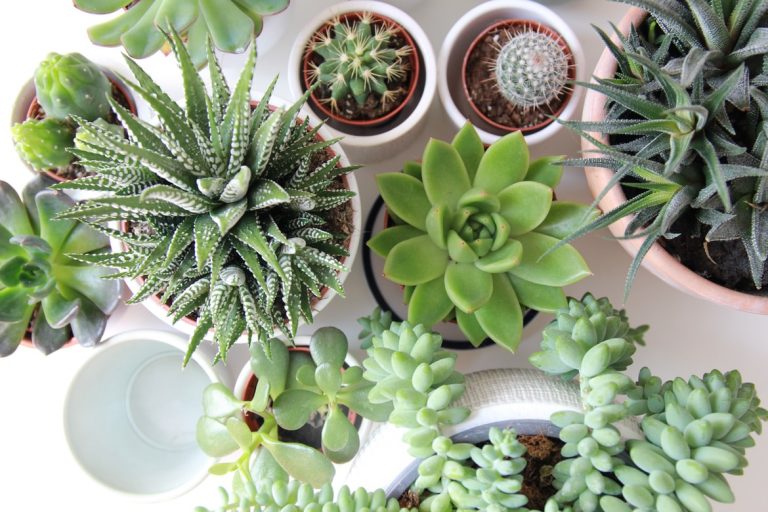How to Grow and Care for a Jade Plant?
Jade Plant is considered to be a symbol of good luck, so it is very popular. It is very easy to grow and care for, very easy to grow indoors and can live for a long time with simple care.

If you are interested in Jade Plants, please read on to learn some proper ways to take care of Jade plants. Trust me, you only need to go through some very simple operations to get some perfect Jade plants.
About the Jade Plant
The Jade Plant has thick stems and oval leaves with a miniature tree-like appearance, making it ideal for use as an interior decoration Plant. They live a long time and often grow to heights of three feet or more indoors.

Planting and Care of Jade Plant
Taking care of Jade Plant is a simple matter, focusing on water, sunlight, temperature, and fertilizer.
Watering
First, we need to learn to water Jade Plant properly.
In spring and summer, plants start to grow quickly and need a lot of water, so we need to moisten the whole soil by watering it, and then wait until most of the soil is dry before we can water it again.

In autumn and winter, plants may slow down or stop growing as they enter, so Jade Plant does not need much water in autumn and winter, and cannot be watered again until the soil is completely dry.
Also, care should be taken to avoid splashing the leaves with water when watering them, as this will cause them to rot in wet conditions.
Sun
Seedlings should be placed in bright, indirect sunlight and not exposed to direct sunlight for too long. Mature Jade plants should be exposed to strong light for a certain length of time every day, the best time is about 6 hours.

Be careful not to keep your Jade Plant in low light for a long time, which will cause some damage to the Plant growth.
Soil
When selecting containers to house Jade Plant, care should be taken to select containers that are well-drained to prevent excessive water accumulation and fungal growth.
Temperature and Humidity
Jade Plant grows best at average home temperatures of 65 to 70 degrees Fahrenheit. Jade plants can also adapt to cooler temperatures at night and in winter, but plants should not be kept below 50 degrees F for long periods.
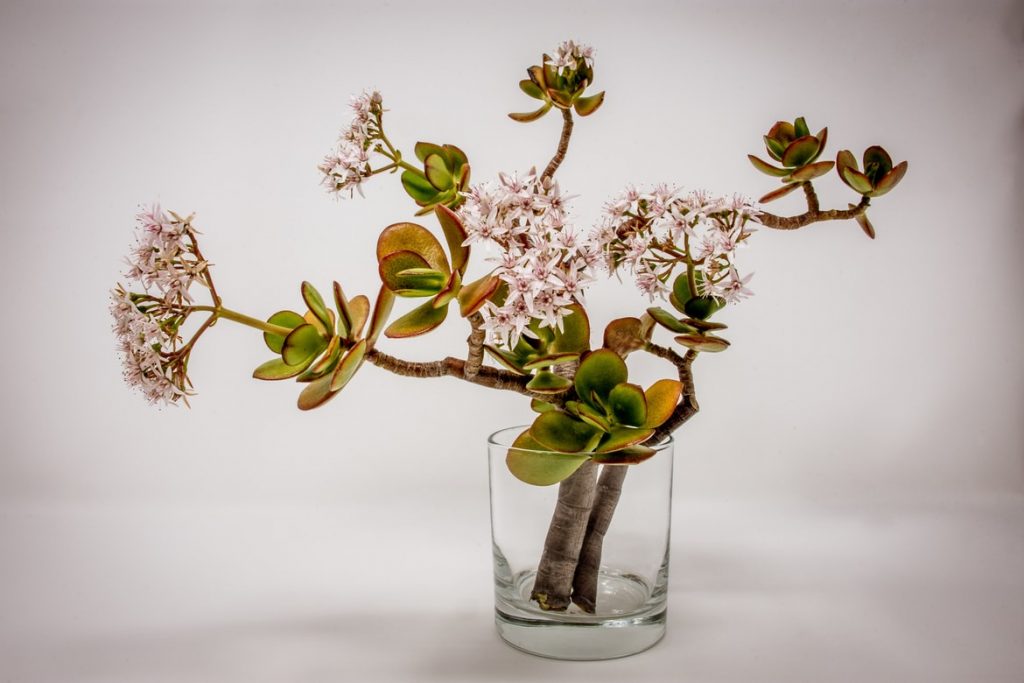
Fertilization
Jade plants do not require high concentrations of nutrients and should be given low concentrations of diluted fertilizer such as standard liquid houseplant fertilizer or a diluted mixture of cactus and succulent fertilizer at the start of the season or weekly.
Cleaning up
The best condition is to wipe the dust off the leaves with a damp cloth every once in a while to keep the leaves breathing normally.
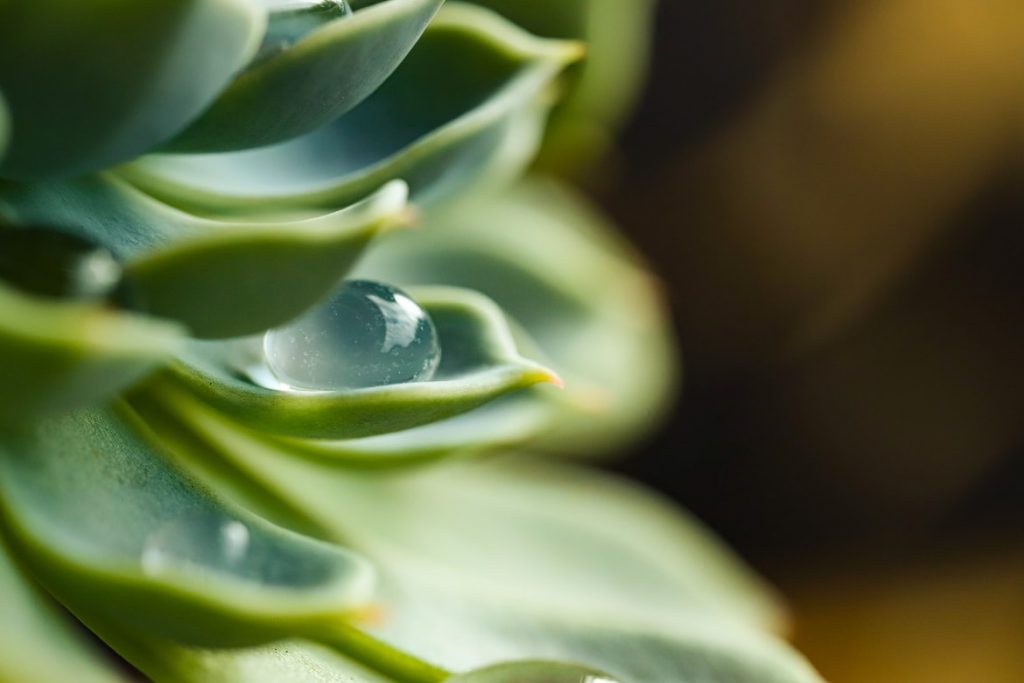
Trim
Because the leaves of the Jade Plant store water, the Plant will gradually become top-heavy during the growth process and cannot bear the weight of water stored in the leaves, so we need to prune it regularly. The best time to prune is from spring to early summer when plant growth speeds up and we can promote more intense growth by trimming excess branches.
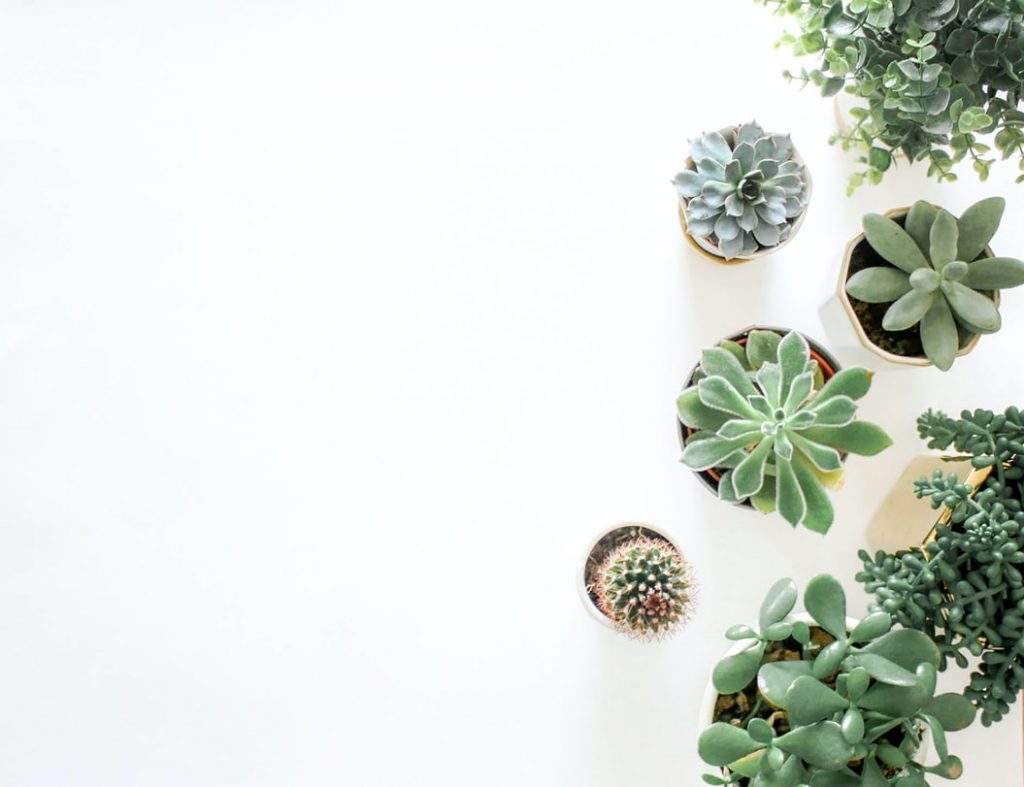
However, it is important to note that pruning can lead to plant infection, so we need to make sure that the pruning tools are sterile and careful pruning to prevent tissue damage caused by cutting tools that are too sharp.
Pests and Common problems
Jade Plant is relatively easy to care for, but it may still encounter some common problems. Here are the best ways to deal with these common problems.
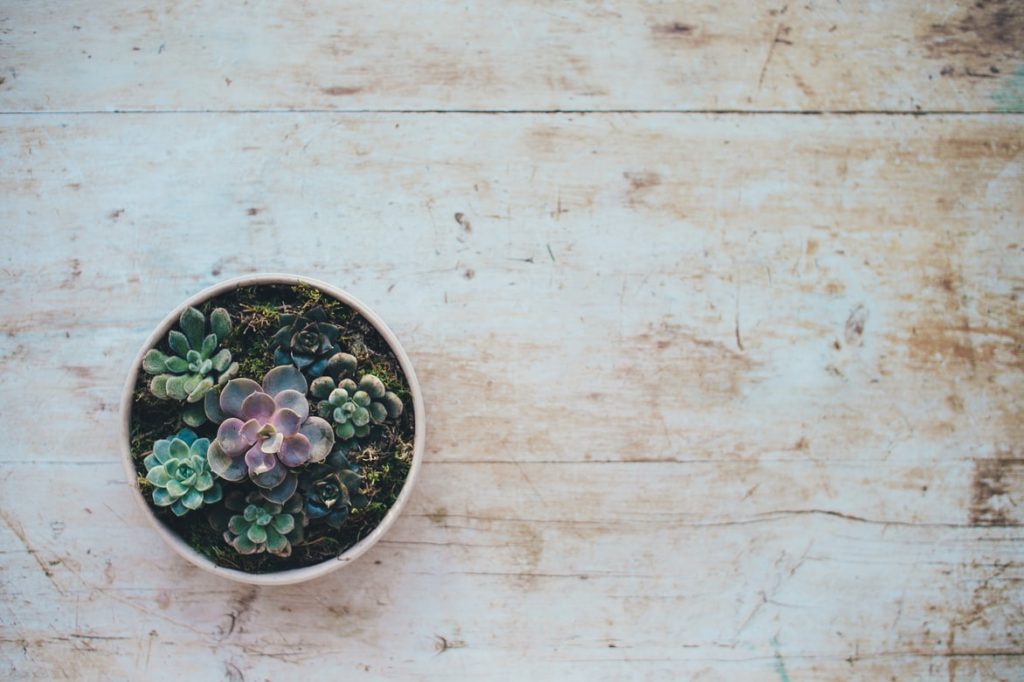
Patchy, wrinkled, shrunken, or fallen leaves can be a sign of dehydration. Water plants thoroughly and dries them completely between waterings.
Soft leaves are a symptom of overwatering, which can lead to other problems such as root rot. Reduce watering and allow the soil to dry completely between watering.
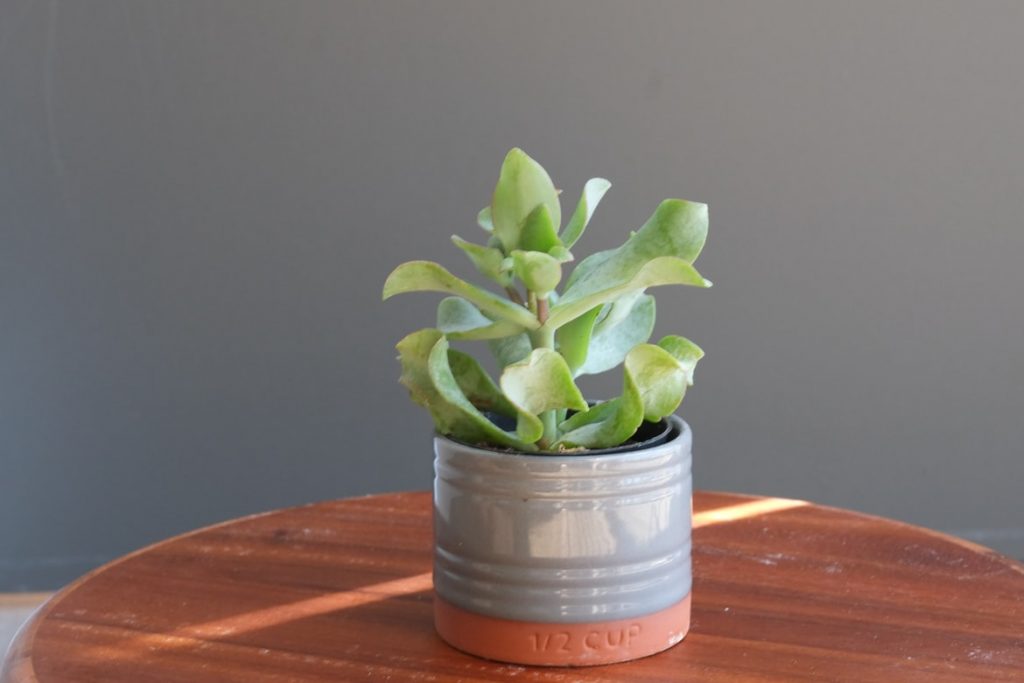
Short or bare plants indicate insufficient light. Place plants in a window that gets at least a few hours of direct sunlight or use a growth lamp.
Black rings under the leaves are a sign of melanosis. The virus does not kill plants and there is no effective treatment. Remove affected leaves and discard them in the garbage to prevent the spread of the virus. Do not propagate affected leaves.
Yellow or pale green leaves may appear when the plant overgrows. Move diseased, cluttered, and crossed branches back into the trunk so the plant can rejuvenate.
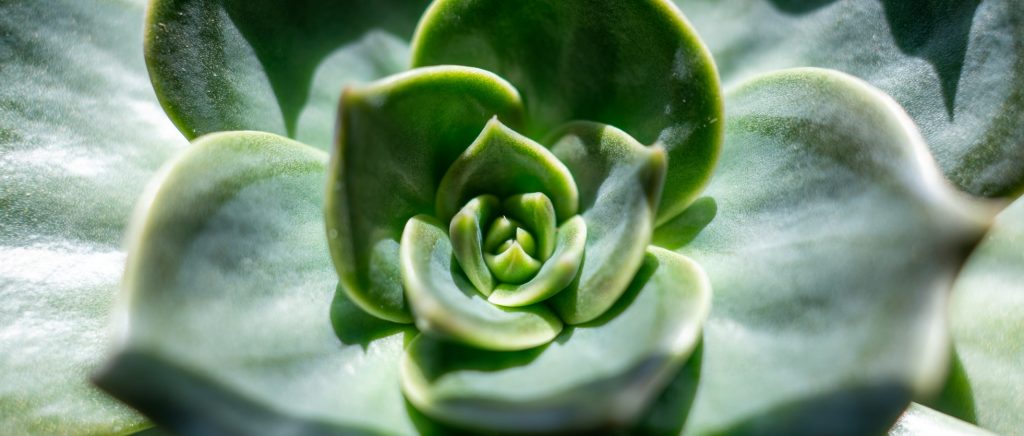
White spots on leaves may indicate excess salt, overwatering, powdery mildew, or whitefly. Identify problems and act accordingly.
Blisters on lower leaves or fallen leaves can be a sign of root rot, which can kill plants. Reduce watering and make sure the pot is adequately drained. Add extra sand or perlite to the soil to improve drainage.
Brown and mushy plant tissue can be a symptom of bacterial soft rot, which causes plants to collapse and die. Even if only part of the plant may look infected, it is best to remove the whole plant.
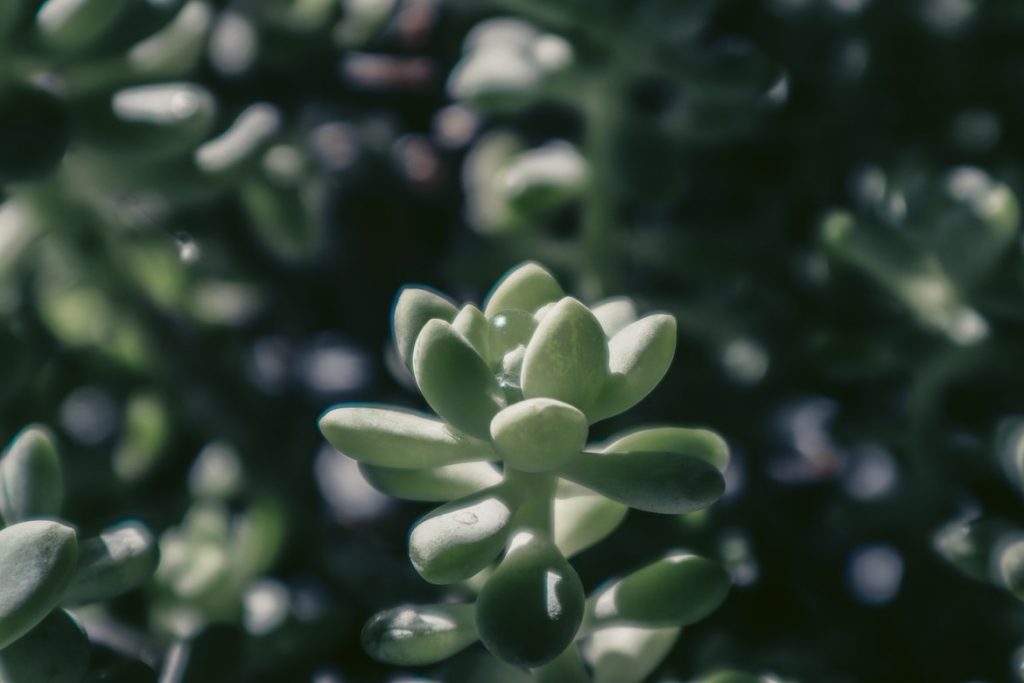
Scabby areas or dusty white coating on leaves can be a sign of powdery mildew. Use a microbicide or home remedy made from baking soda, apple cider vinegar, or milk. Make sure the plants get enough light and air and be careful not to overwater them.
Dark spots on leaves can be a sign of fungal disease. Treat with fungicides or home remedies. Make sure the plants get enough light and air and don’t overwater them.
Drooping leaves may indicate that the plant has been exposed to cold temperatures. Get into a warm environment and see if the branches come back to life. Trim all leaves that cannot be restored.
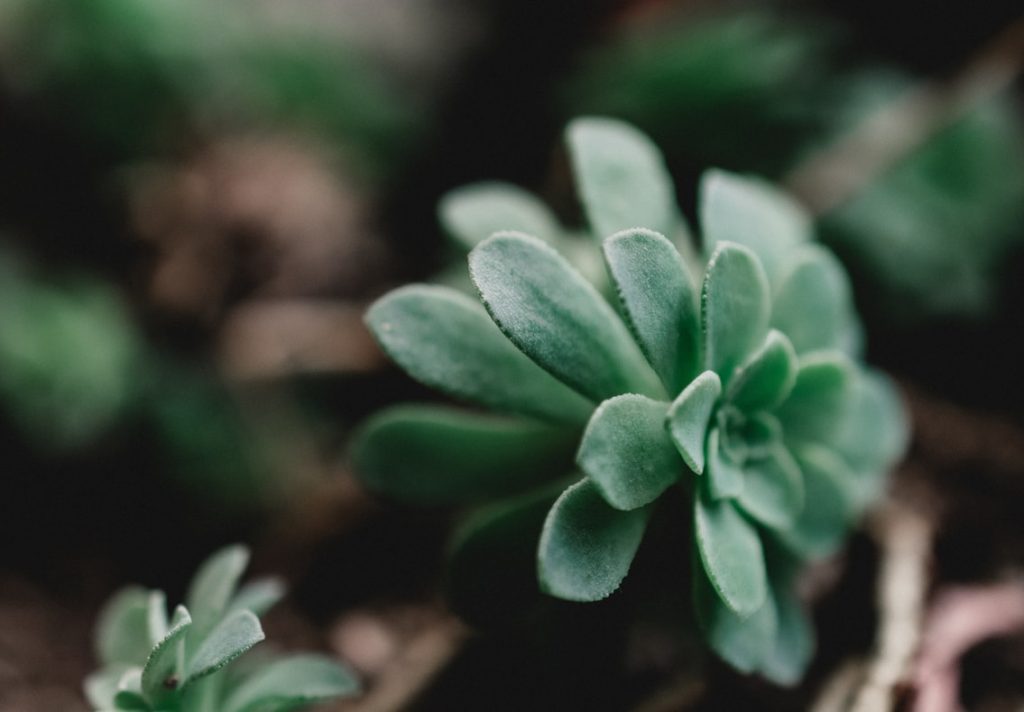
Mealybugs and scales may hide under stems and leaves. To get rid of pests, use a spray water bottle or gently wipe the insect with a little alcohol on a paper towel or cotton swab. Repeated operations are required to ensure the complete removal of pest offspring. If the plant is badly infected, it is best to make a clean cut from it and start again.
Homeowners with pets should be careful where they place Jade plants in their homes, all parts of Jade plants are toxic to pets.


